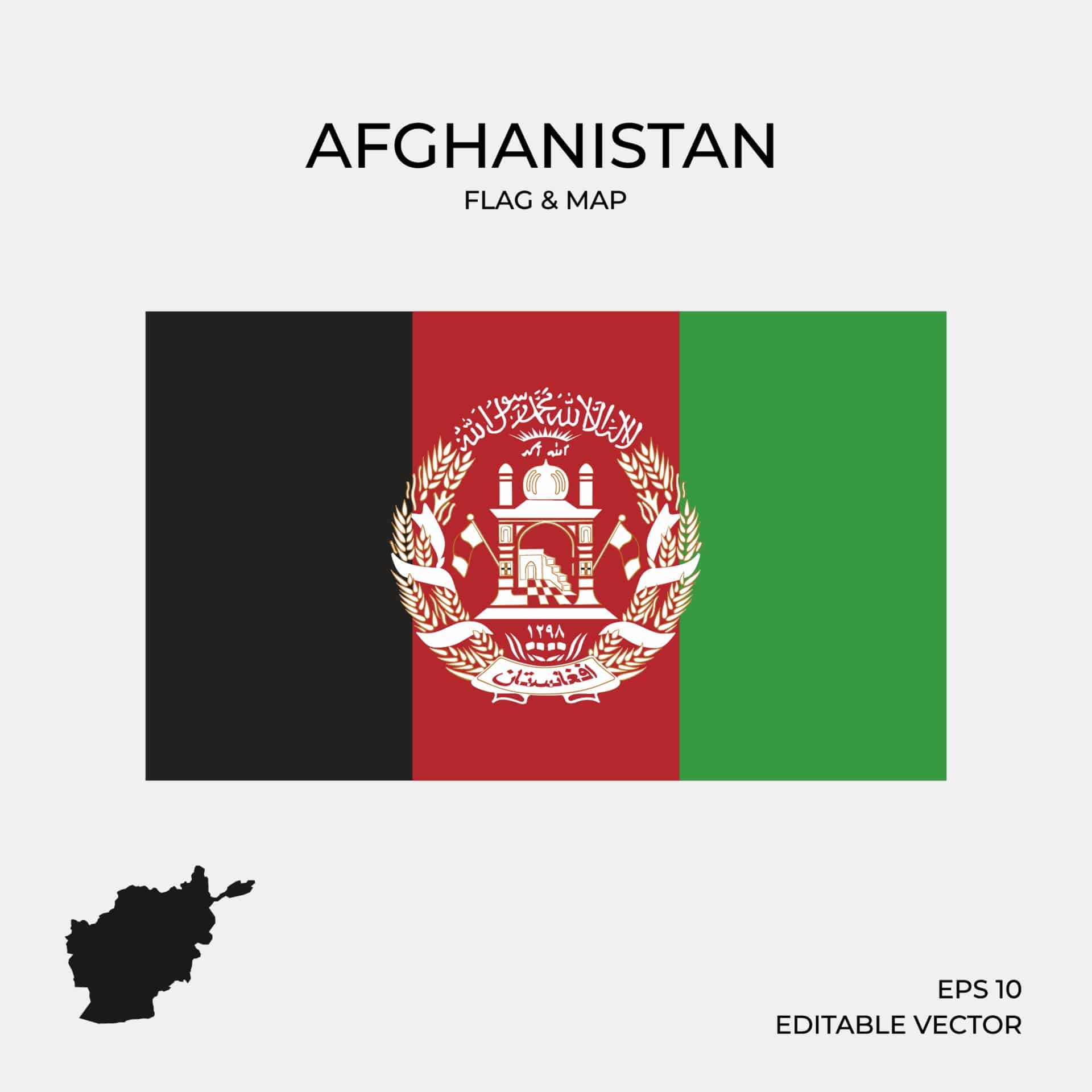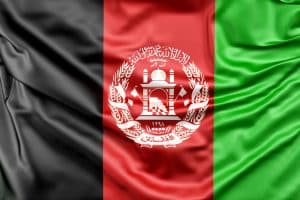Metro
Afghanistan: Population, Official Language And More.

In 2021, the US and its allies withdrew their troops from Afghanistan, ending their longest war. The Taliban quickly regained control of most of the country, including the capital Kabul, forcing the elected president Ashraf Ghani to flee.
The current situation in Afghanistan is uncertain and volatile, as the Taliban face resistance from some anti-Taliban forces, as well as humanitarian and human rights crises.
Read about the history Here…

Afghanistan
The Population: Afghanistan has an estimated population of 42.2 million as of 2023, which includes about 3 million Afghan refugees living in Pakistan and Iran.
The Official Language: Afghanistan has two official languages: Pashto and Dari. Pashto is spoken by about 40% of the population, mainly in the south and east, while Dari is spoken by about 50%, mainly in the north and west.
The Economic Stability: Afghanistan’s economy is facing severe challenges and risks following the political crisis of August 2021, which led to a sharp decline in growth, trade, aid, and public services. The World Bank warns that urgent action is required to stabilize the economy and prevent further deterioration of living standards, poverty, displacement, and insecurity.
The GDP: Afghanistan’s GDP (Gross Domestic Product) is the total value of all goods and services produced in the country in a year. According to the World Bank, Afghanistan’s GDP was $14.58 billion in 2021, which was a decrease of 9.7% from 2020. This means that the economy shrank due to the political crisis and the pandemic.
The Currency: Afghanistan’s currency is called the Afghan Afghani (AFN) and is divided into 100 puls. The Afghani was introduced in 1925 to replace the Afghan Rupee. The exchange rate as of today is 1 USD = 85.37 AFN. The Afghani has lost its value over time due to inflation and instability.
The Major Cities: Afghanistan has several major cities that are important for its culture, history, trade, and administration. The largest city is Kabul, which is also the capital and has a population of about 3 million people. Kabul is located in the east-central part of the country and is the political, economic, and cultural center of Afghanistan. The second largest city is Kandahar, which has a population of about 464,000 people. Kandahar is located in the south and is considered the birthplace of the Taliban movement. The third largest city is Herat, which has a population of about 673,000 people. Herat is located in the west and is known for its ancient architecture, art, and literature. Other major cities include Mazar-i-Sharif, Jalalabad, Lashkar Gah, Ghazni, and Balkh.





